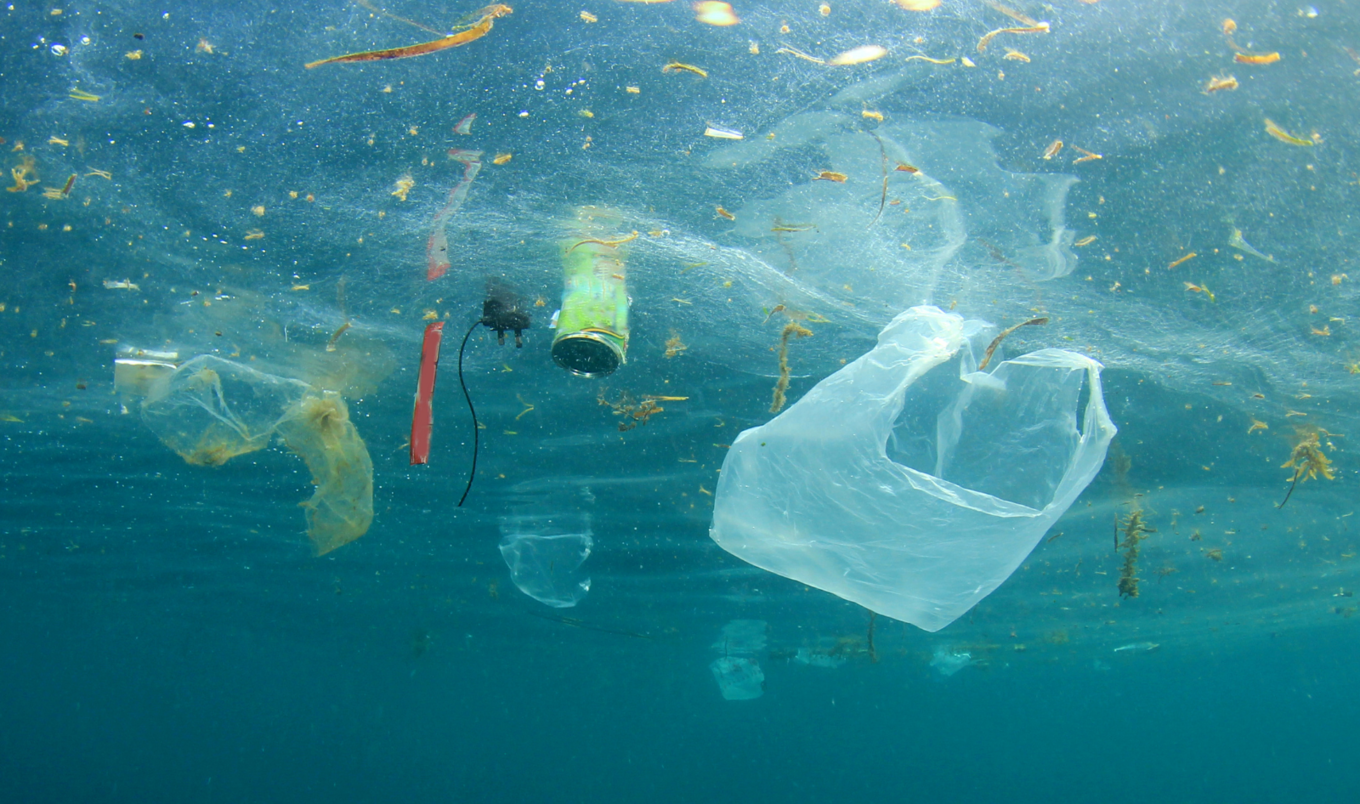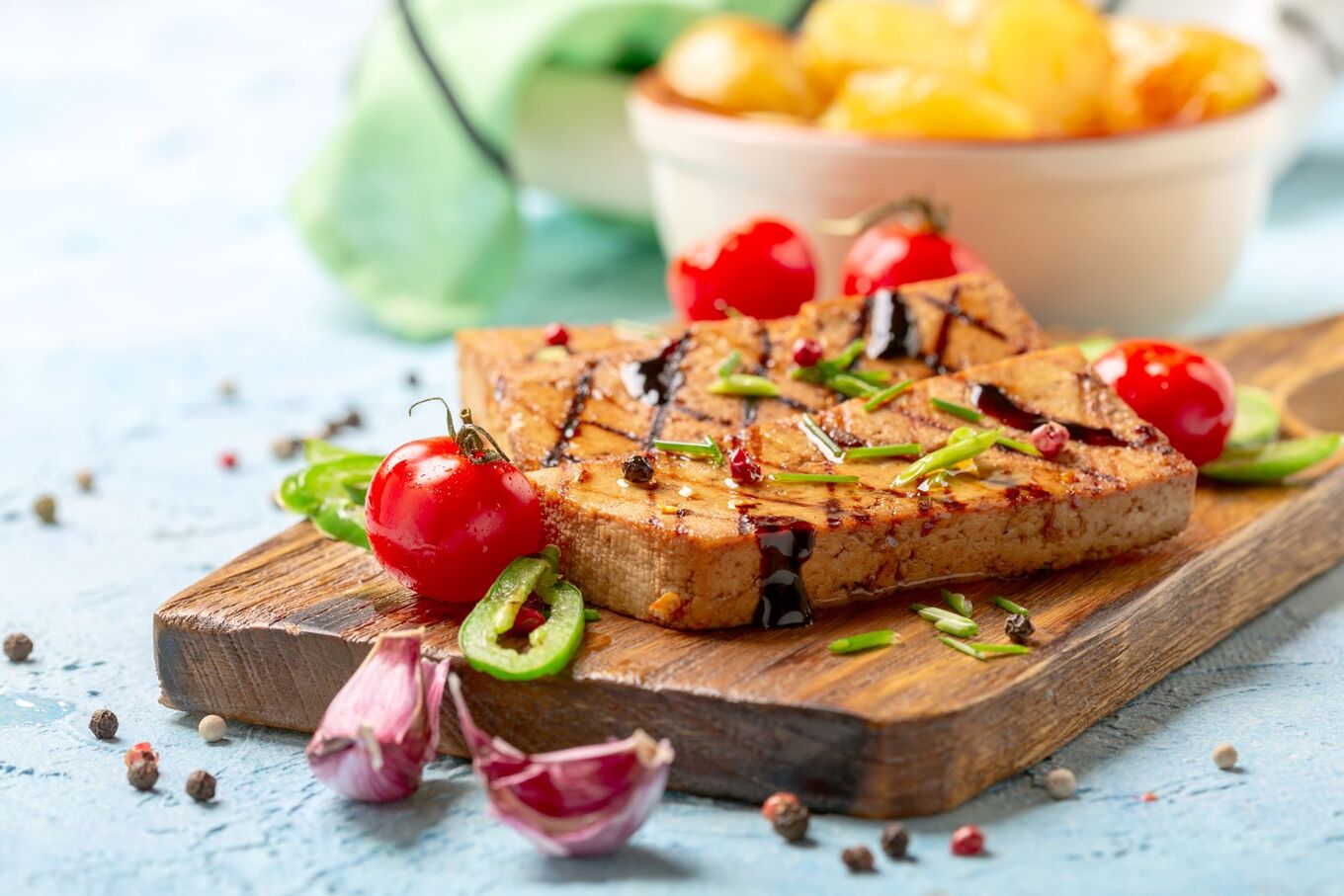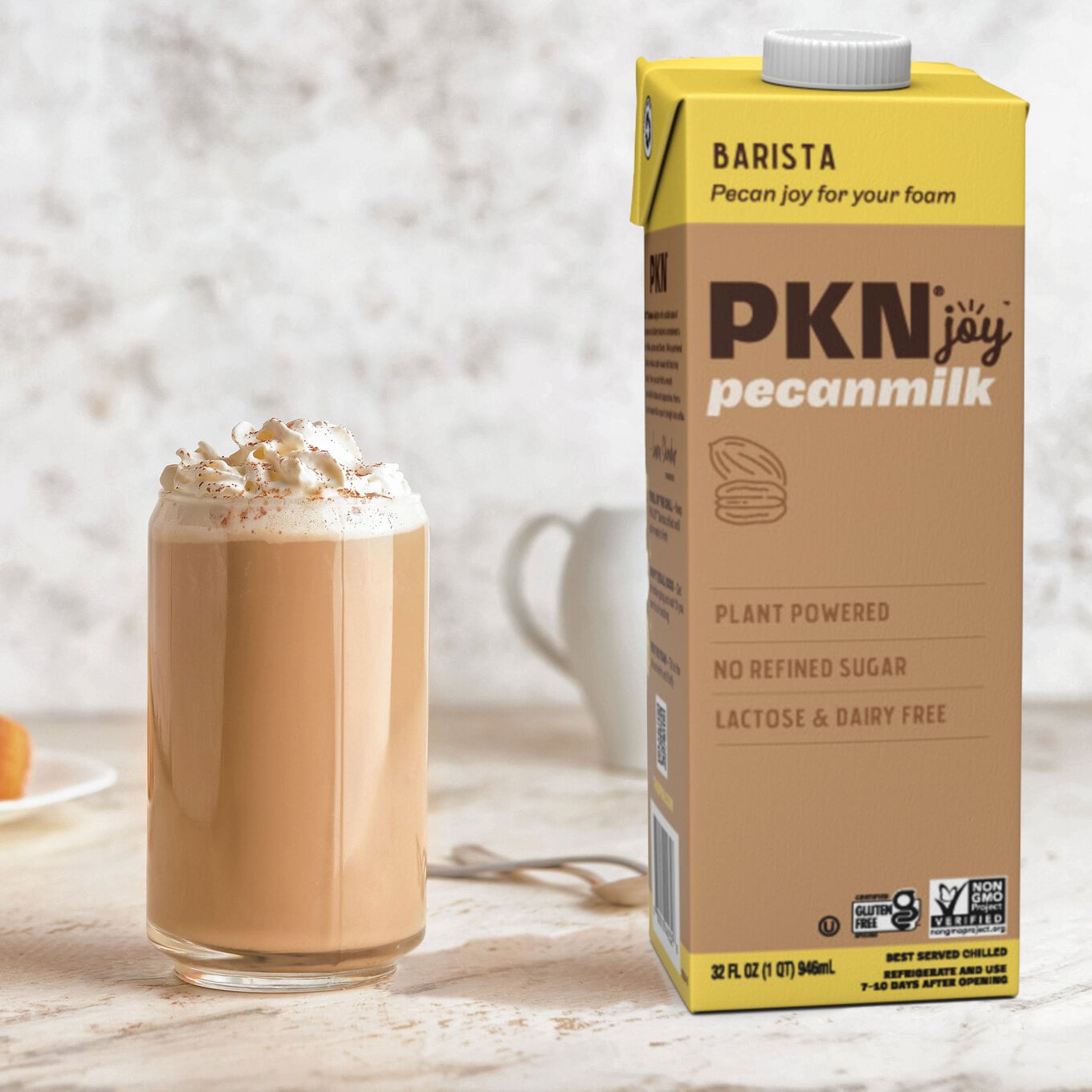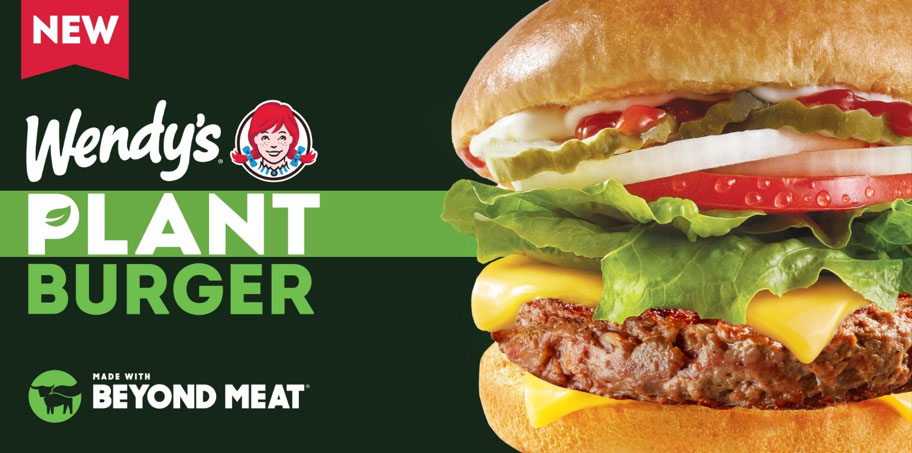Current estimates suggest that more than 9 billion tons of plastic have been produced since the 1950s, which means it’s everywhere. It’s even in our food.
A recent study conducted by researchers from the Ocean Conservancy and the University of Toronto has unveiled alarming findings regarding the presence of microplastics in common protein sources consumed by Americans, including tofu.
The study, which was published in the peer-reviewed journal Environmental Pollution, analyzed over a dozen types of proteins, including beef, seafood, pork, and chicken, as well as plant-based proteins such as tofu and vegan chicken nuggets. The researchers discovered microplastics—tiny particles ranging from one micrometer to half a centimeter in size—in nearly 90 percent of the samples.
Breaded shrimp emerged as the leading contributor to microplastic consumption per serving, followed by plant-based nuggets and chicken nuggets.
Ikea
In contrast, chicken breasts, pork loin chops, and tofu showed lower levels of contamination.
Concerns about food security and safety have led to more studies documenting microplastics in human-consumed foods, particularly seafood. This latest research observed that some highly processed protein products, such as breaded shrimp, fish sticks, and chicken nuggets, appeared to contain “significantly more” microplastic particles per gram than certain minimally processed samples of proteins.
The study authors suggest that food processing could be a source of contamination.
Table of Contents
Health concerns about microplastics
The study adds to the growing body of evidence on the pervasive nature of microplastics, not only in the natural environment but also in the human diet. Previous research has identified microplastics in various sources such as water, fruits, vegetables, salt, sugar, rice, milk, and beer.
Notably, experts say the prevalence of microplastics is inevitable as long as people continue using plastics engineered for long-term durability. Plastics’ resistance to breakdown contributes to its benefits but poses a significant challenge for natural degradation in the environment.
 Canva
Canva
Due to its chemical structure, plastic does not break down naturally. Consequently, when plastic items are not recycled, they progressively fragment into smaller pieces throughout their lifespan. These resulting minute fragments, known as microplastics, are ubiquitously present in various environments such as oceans, soils, human organs, and fish and insects’ digestive systems, and are even air-suspended. Microplastics have even been detected in the deepest part of the ocean, underscoring the widespread presence of these particles.
Research estimates that the average American adult is ingesting around 11,000 pieces of microplastics annually, raising concerns about potential health impacts. The World Health Organization recently released a report summarizing existing research on the health impacts of microplastics and even smaller plastics called nanoplastics. However, there have yet to be any conclusive findings.
 Getty
Getty
“This study provides evidence of how pervasive microplastics are in the food system and not singularly just in seafood and fish,” Stephanie McBurnett, RDN, nutrition educator for the Physicians Committee for Responsible Medicine, who was not involved in the study, tells VegNews.
McBurnett cites a 2022 study, which focused on how microplastics and nanoplastics, and the associated toxic chemicals, impact human health. “It is well known that microplastics induce damage to human health, from tumor development leading to cancer, skin allergies, neurotoxicity, oxidative stress, DNA damage, inflammation, and can interfere with hormone functions,” McBurnett says.
Is homemade tofu better?
With growing concerns about the presence of microplastics in food, especially in proteins that are processed, is it better to make plant-based protein products at home? With tofu, for example, making it from scratch only requires soybeans, water, and nigari (a salt byproduct that is used as a coagulant).
McBurnett says making tofu at home is worth considering. “Commercially prepared tofu had one of the lowest levels of contamination compared to other protein sources, [but] even so, it was still present,” McBurnett says.
“Making tofu at home would drop that number even lower by cutting out the packaging and commercial processing that may pollute the product with microplastics,” McBurnett adds.
In addition to limiting exposure to microplastics, making tofu and other plant-based protein products at home has additional benefits. “Cutting out the commercial kitchen and making food at home can increase the amount of fiber and other minerals and vitamins in your food, and also lower the amount of substances such as sugar, salt, oils, and other compounds that can be added to commercial products,” McBurnett points out.
Reaching for unprocessed plant-based proteins, such as beans and lentils, may also help reduce microplastic exposure. “Unprocessed proteins contain a myriad of health-promoting benefits,” McBurnett says. “I would reach for beans and lentils, raw nuts and seeds, and other protein-rich vegetables such as spinach, broccoli, peas, asparagus, mushrooms, and potatoes.”






